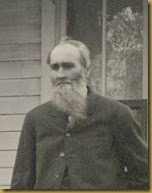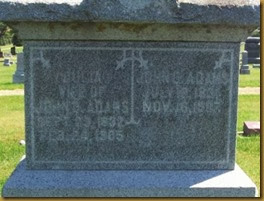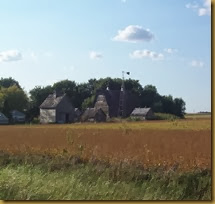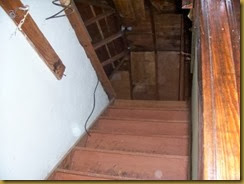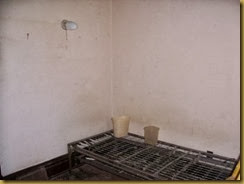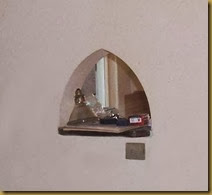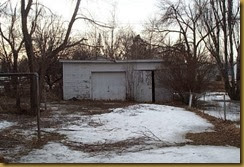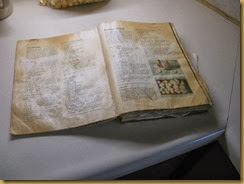This blog post was inspired by Amy Johnson Crow 's "
52 Ancestors in 52 Weeks" challenge. Learn more at her blog.
*******************************************
I was delighted to inch my way back to 14 generations of my husband’s Adams line, back to George Adams, the immigrant ancestor. I was even more delighted to find out personal information about him, something more than birth and death dates.
George Adams, son of George Adams and Martha Streetholt, was born ca. 1620 in England, and was a glover by trade.
George and his family may have been a part of the Puritan immigration into Massachusetts, as they entered the New World during the same time frame and settled in the same general area. Many of these immigrants sold themselves into slavery for 6-8 years to pay for their passage. George and his family are first documented in Watertown, Massachusetts.
George may have gotten himself into serious trouble by engaging in illegal trade with the Indians. He had been granted 20 acres of land in Lancaster for his home, and as a result of his illegal transactions, it was “reconveyed” and given to a man by the name of Jonas Fairbank. George was censured on 18 May 1653 in Watertown by the General Court for selling two guns and “strong water” to the Indians. Since he had no money with which to pay the fine, he was ordered “whipt & discharged out of prison.”
In 1655, the Watertown selectmen granted him four acres of land on “Kinges Comen.”
In 1661, he and his family of five children were declared to be “living in need” by the town of Watertown.
In 1664, the family moved to Cambridge Farms, George selling his home in Watertown in November of that year.
In 1670, George was a landowner in Lancaster, Massachusetts. He attempted to regain the land that had been “reconveyed” there many years prior, but since another family had put down roots there, he was unsuccessful. The General Court, realizing that Adams had some valid claim to that land, granted him 60 acres near “Washacombe” in return for he and his son John dropping the matter, to which they both agreed. George would eventually build a home there.
At the same time, George asked the General Court to reaffirm his ownership of 200 acres of land he got from the Sachem Shoniow. On 12 May 1675, the Court did affirm George’s rights to this land, called “Washaame Hill.”
Late in the summer of 1675, and again in February of 1676, during King Philip’s War, Indian attacks devastated Lancaster, and after the latter attack, the town was abandoned. George was said to have served in Captain Joseph Sill’s Company in the war. George and his family appear to have gone back to Cambridge Farms. While he does not appear to have returned to Lancaster, a 1684 list of landowners who lived elsewhere bears his name.
A Cambridge Farms tax list for the year from 01 May 1692 – 01 May 1693 has both George’s name and that of his son George.
George’s life came to an end on 10 Oct 1696, at the age of about 76, “by the fall of a rock.”
*******************************************
SOURCES
Elmo Walter Adams, Genealogy of the family of Charles Adams, 1772-1801 : a fifth (5) generation American of Farmington, Connecticut : a record from his first New England ancestors, George and Frances Adams, settlers in Watertown, Massachusetts, 1645, and a record of certain of his descendants, including some representatives of the twelfth American generation to 1969. Burlingame, Calif.: 1969.
Gerald James Parsons, M. S. (L. S.), F. A. S. G. (The American Genealogist, Vol. 55, No. 4).
George Norbury Mackenzie, LL. B, Colonial Families of the United States of America, Vol. I. Genealogical Publishing Co., Inc.
Notes from Chedwato. Vol. 7, No. 6, November, 1960.
Unknown author, The Adams Family: Levi Finch and Hulda Adams, their descendants. 1926.
Phelps, Oliver Seymour and Servin, Andrew T, The Phelps Family of American and their English Ancestors. 1899, Eagle Publishing Co., Pittsfield, Mass.
Gene Pool Individual Records via Ancestry.com.
Massachusetts Town Birth Records (Ancestry.com).

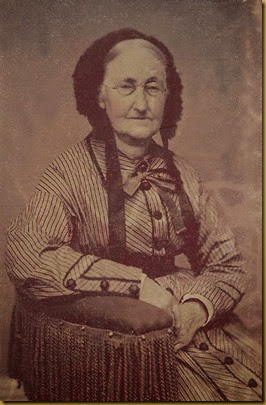
![VBChurch1883[3] VBChurch1883[3]](http://lh6.ggpht.com/-fDB69twjamk/Uyz7gAdlHXI/AAAAAAAADWo/pdLLNVwqnz4/VBChurch1883%25255B3%25255D_thumb.jpg?imgmax=800)
![VBChurch1209[2] VBChurch1209[2]](http://lh4.ggpht.com/-f7zdvh4VbXM/Uyz7h7ZQkHI/AAAAAAAADW0/McJsx8X-XZM/VBChurch1209%25255B2%25255D_thumb%25255B2%25255D.jpg?imgmax=800)
![VBChurch_1213[2] VBChurch_1213[2]](http://lh5.ggpht.com/-d4wm0XouHUg/Uyz7i_9dYaI/AAAAAAAADXI/JrP8oGJM2e8/VBChurch_1213%25255B2%25255D_thumb%25255B1%25255D.jpg?imgmax=800)
![VBChurch[5] VBChurch[5]](http://lh3.ggpht.com/-1p484tWup-8/Uyz7kE8KFII/AAAAAAAADXY/bSvBNaBL2R4/VBChurch%25255B5%25255D_thumb.jpg?imgmax=800)
